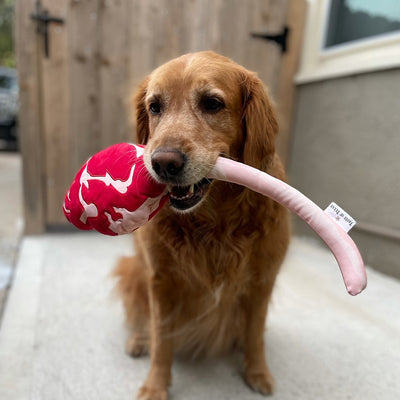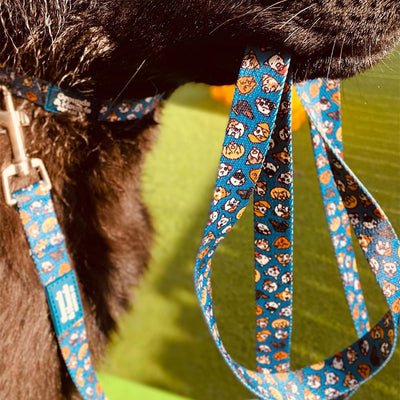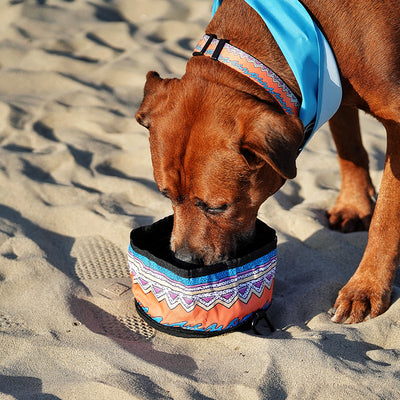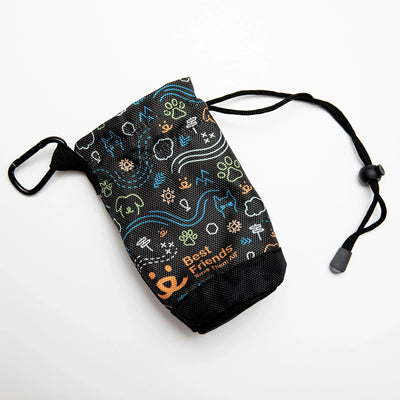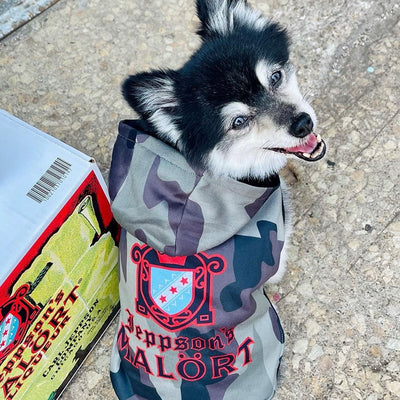Crying is an instinctual activity for many young living things, including puppies. For them, it’s a form of communication that allows them to voice their needs. Puppies cry to express feelings of physical discomfort such as hunger, thirst, or the need to relieve themselves; they can also cry because they’re bored, scared, or lonely. It’s their goal to the attention of their caretakers, who are in the best position to provide these pups with empathy and compassion and take practical steps to alleviate their distress or discomfort.
Part of your responsibility as a pet owner is knowing how to soothe your puppy when they cry and to find the source of their distress. Perhaps your puppy’s crying because they need to eat, drink, or poop soon, or perhaps they’re feeling separation anxiety or unease in their immediate environment. The latter often happens in their first few days in their new home or when you start crate training them, for example.
How can you calm your puppy down when they’re crying and determine what exactly it is that they need? Here are a few tips from PrideBites that you can try on your pup:
1) Give Your Pup Their Own Safe Space
A safe and calm environment is a basic need for many living things, your pup included. It’s a must, then, to ensure that your puppy has a space in your home where they can feel comfortable, protected from what scares them, and free from their stressors. This can be a crate, a quiet corner in the family room, or a dark and hidden space under the stairs.
In addition to having a dedicated space to themselves, you should also make sure that your pup has access to physical items that offer them comfort and relief. You can, for instance, order personalized puppy blankets to cushion your canine companion’s bed or help them regulate their body temperature. Dog bowls filled with food and water can also be a good addition to the space since these will allow your pup to eat and drink in peace.
2) Be Conscious of the Room’s Ambience
Aside from preparing a cozy and relaxing space for your puppy, pay attention to the general ambience of your home given that things in the environment may easily induce your pup to cry. Loud music and excessive physical activity can stress dogs, and so can strong, flashing lights.
Whenever possible, minimize loud noises and consider using white noise or calming music in the space you share with your puppy. This can help mask any disruptive sounds. It’s also a good idea to dim the lights especially during nighttime so that it’s easier for your puppy to calm down and get drowsy before bed.
3) Calm Your Puppy Down by Distracting Them and Using Interactive Toys
Using distractions, like interactive toys or puzzle games, will allow you to redirect a crying puppy's attention and provide them with the mental stimulation they need. Challenging toys offer bored or energetic puppies the chance to work for treats and engage their senses.
These distractions can be particularly useful during times when they may experience separation anxiety or when you need to divert their attention from potential triggers, like the sight of the vet.
4) Use a Comforting Touch and Familiar Scents Around Your Puppy
Puppies who are in distress will often react positively to a soothing touch. To help a crying pup calm down, offer them comfort and affection in the form of a warm blanket, reassuring strokes, or a snuggle toy.
If your pup is crying because they miss you or the members of their pack, how about giving them a cloth with the scent of the people or dogs they miss the most? A blanket or stuffed toy with a familiar scent can offer your puppy comfort and relieve the separation anxiety they may be feeling.
5) Establish a Routine with Your Puppy
Just like older dogs, puppies thrive on routine. That means that sticking to a schedule can reduce anxiety and provide a sense of stability to pups that tend to cry.
Set a schedule for feeding, playtime, exercise, and rest, and stick to it to set your pup’s expectations. Having a schedule that they can anticipate will help puppies feel secure and give them assurance that their needs will be met soon enough. A well-planned routine can also assist with house training and getting your puppy used to regimens like eating and going out to potty at specific times.
6) Be Generous with Positive Reinforcement When Training Your Puppy
Using positive reinforcement techniques can also encourage calm behavior in puppies. Reward a young dog with treats, praise, or gentle play when they exhibit calm and quiet behavior, and they will be motivated to keep practicing it in their adulthood.
Positive reinforcement will help your dog associate calmness with positive experiences and set a precedent for desired behaviors. As much as possible, avoid scolding or punishment, as this may increase your puppy’s anxiety and worsen their distress instead of making it better.
7) Gradually Introduce Your Puppy to More People and Dogs
Socialization is vital for puppies' emotional well-being, and it can also keep them from crying due to loneliness or unfamiliarity around others. If your pup is used to people and other dogs, they’re less likely to feel intimidated or threatened around others and show it in their behavior.
To begin your puppy’s socialization process, gradually introduce them to various people, animals, and environments in a controlled and positive manner. Exposing them to new things in this way will slowly get them to build confidence and adapt to new situations with a relaxed and happy disposition.
8) When All Else Fails, Seek Advice from Veterinarians and Dog Behaviorists
Does your puppy’s crying persist despite your best efforts to address their needs? If so, you may need to consider deeper causes like medical issues or trauma. Certain health conditions, discomfort, or underlying pain can contribute to a puppy's distress and be the main reason they cry a lot, even when you go by the book in your attempts to soothe them.
If you have concerns about your pup’s health and well-being, consult a veterinarian to rule out any medical issues or a dog behaviorist to safely analyze worrying patterns in your puppy’s behavior. In both cases, you’ll receive appropriate guidance for taking care of your pup.
Puppies generally outgrow their crying phase as they mature and become more accustomed to their surroundings. With proper care, training, and socialization, it won’t be hard for you to get through your puppy’s crying phase and raise a healthy, calm, and expressive dog.

